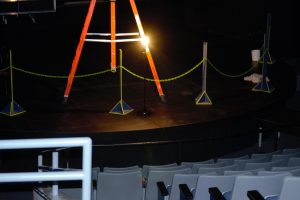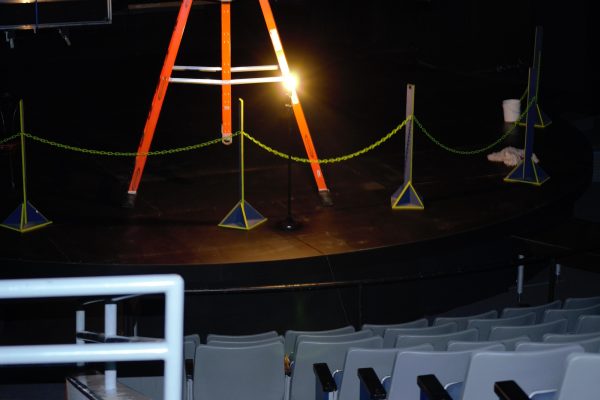Sanctuary for students mental health
Finding safety to properly process during a COVID-19 school year
September 9, 2020
A few packs of unsharpened pencils, sticky notes for organizing to-do lists, and five or six spiral notebooks for color-coded class notes are added to the online shopping cart. Even as the 2020 academic year approaches, in all of its uncertainties, back-to-school shopping brings an air of familiarity.
It stands as a reminder to all students, especially college students, across the nation that life doesn’t stop even for a pandemic. Because many may find themselves remodeling living rooms and bedrooms into study rooms, students have found ways to continue studying despite the added difficulties.
Along with the extra materials needed for attending digital classrooms and workspaces, one overlooked school supply everyone should find is a sanctuary.

Physical health, mental health, spirituality, ideology, racial ignorance, and systemic turmoil have all been put under the national limelight once again.
These topics that rightfully demand national attention have fluctuated in and out of the spotlight since the founding of this democratic republic. The difference this time is that all of these discussions are happening at the same time and we can not drown out the cries for change with everyday activities.
But with all the pressures the public is faced with, as important as these societal issues, how are students supposed to invest in education? How can those hungry to see change, to learn and grow, set aside the world for a short minute to better understand how to fix it?
“People are looking for a sense of connection, but most important is feeling a sense of safety,” said Marketing Director Kelly Frances of The Aga Khan Museum in Toronto, Canada during a Forbes interview focusing on the importance of art in a pandemic, “reconnecting with art and culture to nourish the mind and the soul that’s something people are looking for.” That feeling of safety and reconnection is what finding a sanctuary is like, and it can be found in much more than art alone.

Depending on how this summer has unfolded for students, some have had to reorient themselves to the world outside of Academia, while some have to find a sanctuary amid their family lives, and others still, may have transferred to a new school without a sense of coming home to fall into.
Sanctuary might be as simple as setting up a small artist station on the back porch so the fleeting summer night skies and cloudy sunsets can be captured with pencil and paper.
Maybe it is a weekend spent in the remote campground where news headlines, online debates, and at-home work deadlines fall silent for just a moment. Or maybe it is the weekly game night that gathers family members and marks the end of another week spent together and another opportunity to celebrate the gift of family that was taken for granted.
Some students didn’t have the opportunity to experience moments like this due to work schedules, family demands, or maybe their isolation from loved ones; but for those who did, the impact that finding sanctuary in a pandemic is clearer than ever with the return of class assignments and online education.
Finding a place to hide away from the world for a little bit sounds rather counterintuitive to facing the world with strength and honesty, but studies have shown the opposite to be true. Activities focused on allowing the mind to rest from the stresses of everyday life, such as meditation, have shown that the brain functions better and is physically improved by these practices.
The simple act of allowing the human brain the time and space to do its job without overloading the system allows for people to come back to situations of uncertainty and difficulty better equipped to learn, grow, and adapt.
Finding a sanctuary or making space for a sanctuary to be found where one is could be the most important tool on a student’s toolbelt this year. The practices people set and define now amid the hardships, challenges, and transition periods could set them up for the next season of struggle that is faced.
One thing that this year has taught everyone is that there will always be another thing to learn from, struggle through, and adapt to, what matters is how each one of us decides to address it.
Angela is a junior studying reconciliation studies
























































































